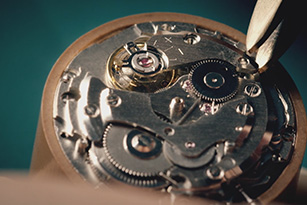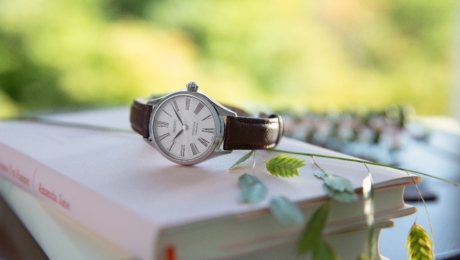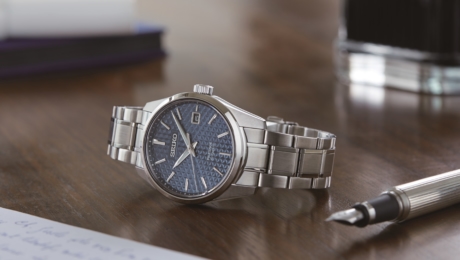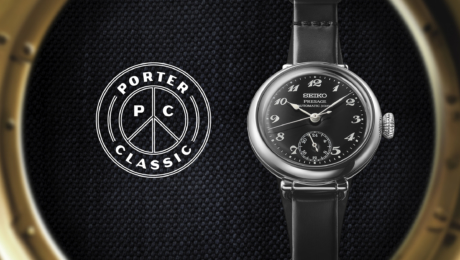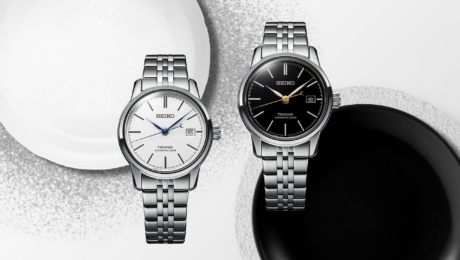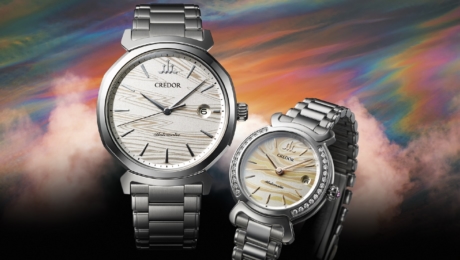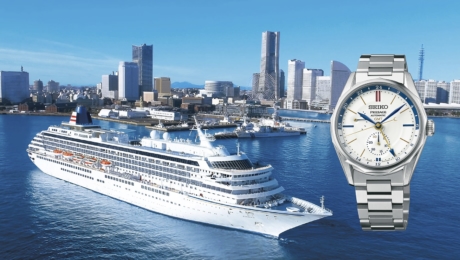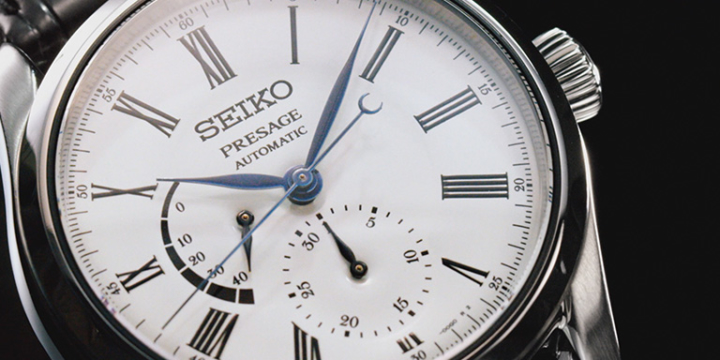
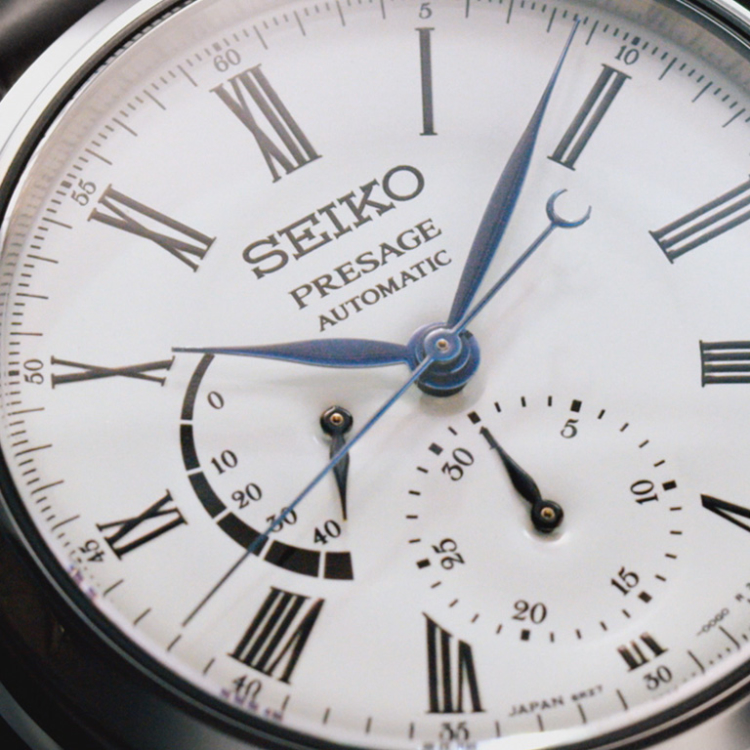
The thoughts behind a timepiece. Always one step ahead of the rest.
K. Hattori & Co., the predecessor of Seiko, was founded in 1881 in Ginza.
The shop was founded by Kintaro Hattori, who started his business repairing and selling imported clocks. Soon, it started producing wall clocks, and subsequently pocket watches.
In the early Taisho era, a small number of wristwatches were imported into Japan, but this was still the heyday of the pocket watch. However, thinking that the age of the wristwatch was coming, Kintaro and his colleagues began the development of wristwatches. In 1913, they made the first Japanese-made wristwatch, the Laurel. With the technology at the time, the production of small wristwatches was extremely difficult, and with at most 30 watches being produced a day, they were very expensive.
“Always one step ahead of the rest”
This ethos, that of founder Kintaro, is one that is upheld to this day by Seiko and the Presage collection.
The creations of Seiko Presage are particularly influenced by Japanese aesthetic sense, and designed to be both comfortable and beautiful on the wrist.
To this day Presage continues to offer products unique to Japan, incorporating traditional Japanese crafts such as enamel, urusuhi lacquer, Shippo enamel and Arita porcelain.
On the small dials and inside the minute movements of these wristwatches is devotion to innovative technology and unique Japanese beauty. Sometimes they also become a time capsule, passing on our thoughts. We pass our watches on to our children, or to our grandchildren, and thus also pass on our thoughts.
“From the wristwatch we are wearing now, we can inherit the thoughts and ideas of those 100 years in the past. We want the watches we are making now to be passed down to those 100 years in the future.” This is Seiko’s wish.

